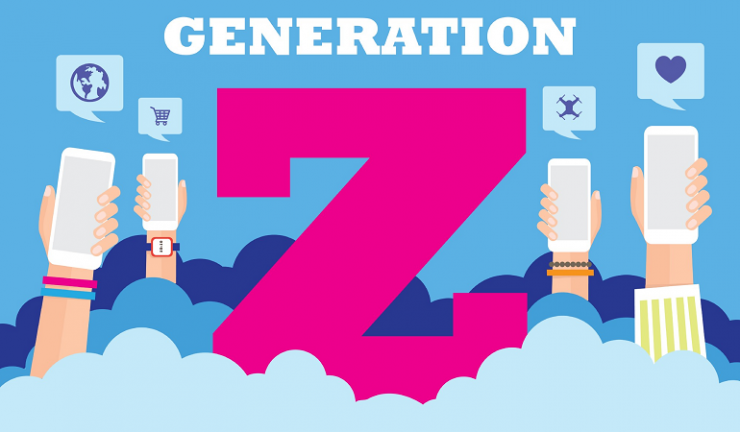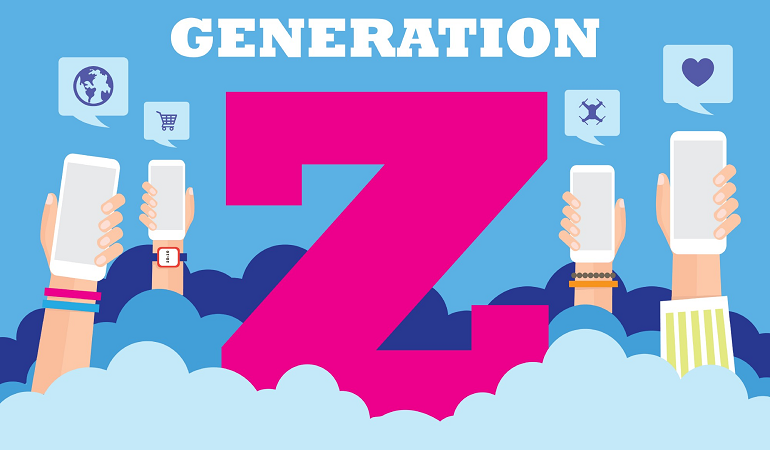When it comes to advertising.
The shifting of advertising budgets into the digital space brings a number of opportunities and efficiencies, but targeting audiences across digital channels is a challenging feat for advertisers, agencies and publishers, according to Nielsen research. And it is not getting easier.
For the last decade or so, Millennials have been the generation that every brand has had to engage as their spending power has grown. With this generation now past teenage years, however, digital advertisers are shifting their focus to the succeeding generation, Generation Z.
Like Millennials, this generation spends significant amounts of time on social media sites and video source platforms. According to Nielsen, digital advertisers need to focus on targeting their campaigns to these upcoming influential spenders on products and brands.

A recent Canadian study using data from Nielsen Digital Ad Ratings measured Gen Z Canadians aged 13 to 17 to illustrate how challenging it is for advertisers to get their message in front of them. When taking into account all the cumulative ad campaigns targeted to Gen Z and measured through this service, more than 90% of impressions missed the target. This is to say less than one-in-10 impressions served through these campaigns were delivered to a Canadian from Gen Z.
The study also found that for every 1,000 impressions served in a given campaign, only 28 impressions reached a unique member of the intended target of 13 to 17 year olds, which is bad news for advertisers and agencies because it is proof of how difficult Gen Z is to reach through advertising.
One key difference in advertising that may explain this is that a larger number of Canadian ad campaigns targeted to Gen Z are programmatic, using automated processes to allocate digital advertising spend, compared to those targeted at Young Millennials, Nielsen research found.
Programmatic advertising is an approach to advertising that offers value—automation allows ads to be targeted at a very granular level at lower cost than traditional advertising. To successfully break through the clutter, advertisers must focus on two crucial objectives: effectively reach Gen Z in their environment and provide compelling addressable content.

